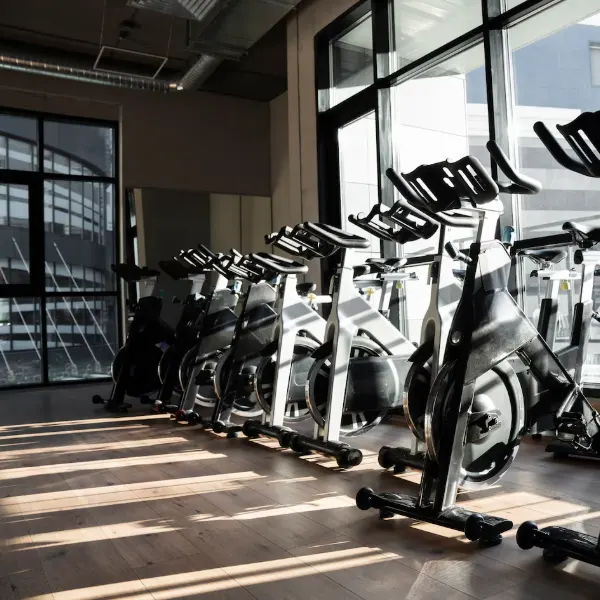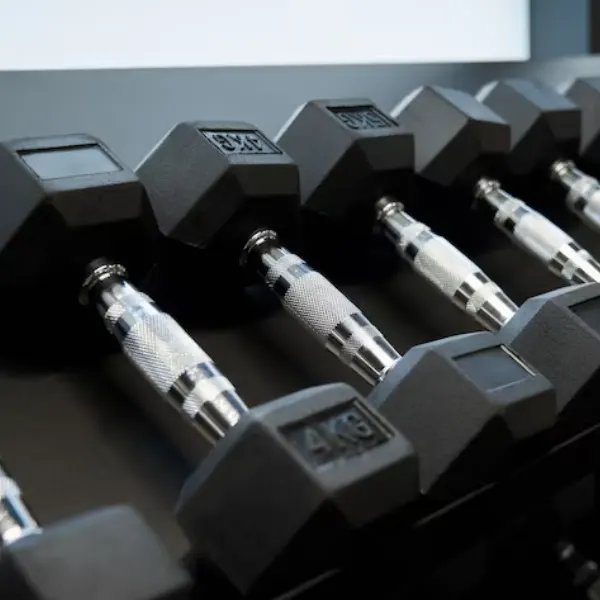Moving gym equipment—whether for your home setup, condo gym, or commercial fitness studio—requires far more than brute strength. These machines are heavy, delicate, and expensive. Treadmills, elliptical trainers, dumbbells, racks, and smart bikes all come with unique parts that require special care and handling.
That’s why professional gym movers in Singapore are in high demand. Not only do they bring the right manpower and tools, but they also know how to wrap, dismantle, lift, and reassemble your fitness gear without damaging your flooring, walls, or the equipment itself.
This article covers everything you need to know—from services available and essential tips, to how to prepare for your gym relocation.

Here’s what most professional gym movers can assist with:
Whether you’re moving from one HDB flat to another, or shifting a personal training studio to a new location, these services ensure a safe, smooth, and time-efficient relocation.
Moving heavy equipment without planning can result in damaged machines and injured backs. Below are step-by-step tips for moving the most common fitness items.
Dumbbells
Dumbbells are deceptively difficult to move. Use small plastic bins rather than large cardboard boxes, which can collapse under the weight. Wrap each dumbbell in towels, foam, or newspaper and fill empty spaces with padding to prevent them from banging into each other. This protects both the weights and the box.
Treadmill
First, set the incline to zero, turn it off, and unplug it. Raise the walking deck, lock it in place, and secure with the safety knob. Once folded, wrap the treadmill in thick blankets or bubble wrap to protect the screen, motor, and handles from dents or scratches during the move.
Exercise Bike
Unplug the machine (if electric), and secure or label all cables. Wrap the body of the bike with a moving blanket, and place cardboard or towels under the feet to avoid scratching your floor. Always lift from the base—not the handlebars or pedals—to prevent parts from bending or breaking.

Always Request a Full Quote Upfront
Ask about charges for dismantling, stair carry, wrapping, and storage. This prevents price shocks on moving day.
Check If Disposal Is Available
If you’re replacing old equipment, see if the mover offers legal disposal services for bulky items. Not all movers do—so check early.
Combine Moving & Disposal into One Trip
Instead of coordinating two teams, choose movers who can handle both your “keep” and “throw” piles. This saves time, effort, and cost.
Book in Advance with Building Management
For condos or commercial spaces, you may need to reserve lift access or loading bays, especially during office hours or weekends.
Single items (e.g. treadmill or rack) may start from $120–$200. Full home gyms or studio setups can range $400–$900+, depending on scale, complexity, and access.
Yes, most trained gym movers can safely handle dismantling and reassembly.
Some movers offer basic coverage or allow you to purchase additional protection. Always ask.
Yes, but stair carries usually incur additional charges. Check during your quotation.
Many gym movers have access to short-term storage, useful for renovation delays or staggered installations.
Some movers offer disposal, or can refer you to licensed partners. Always clarify early to avoid illegal dumping risks.
We connect you with trusted, experienced gym movers in Singapore—no markups, no commissions. Just real, reliable help.
• 3 free quotes from professional movers
• Tailgate trucks, proper wrapping & lifting gear
• Support for both home and commercial gyms
